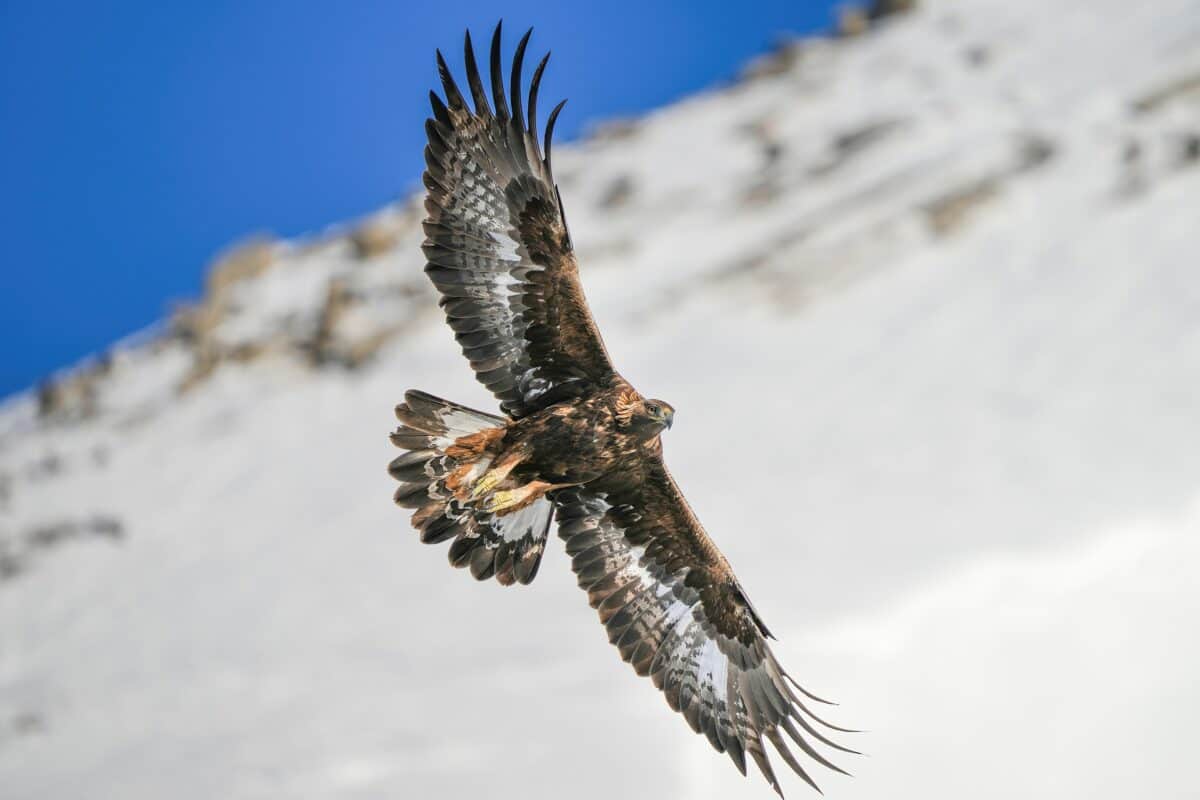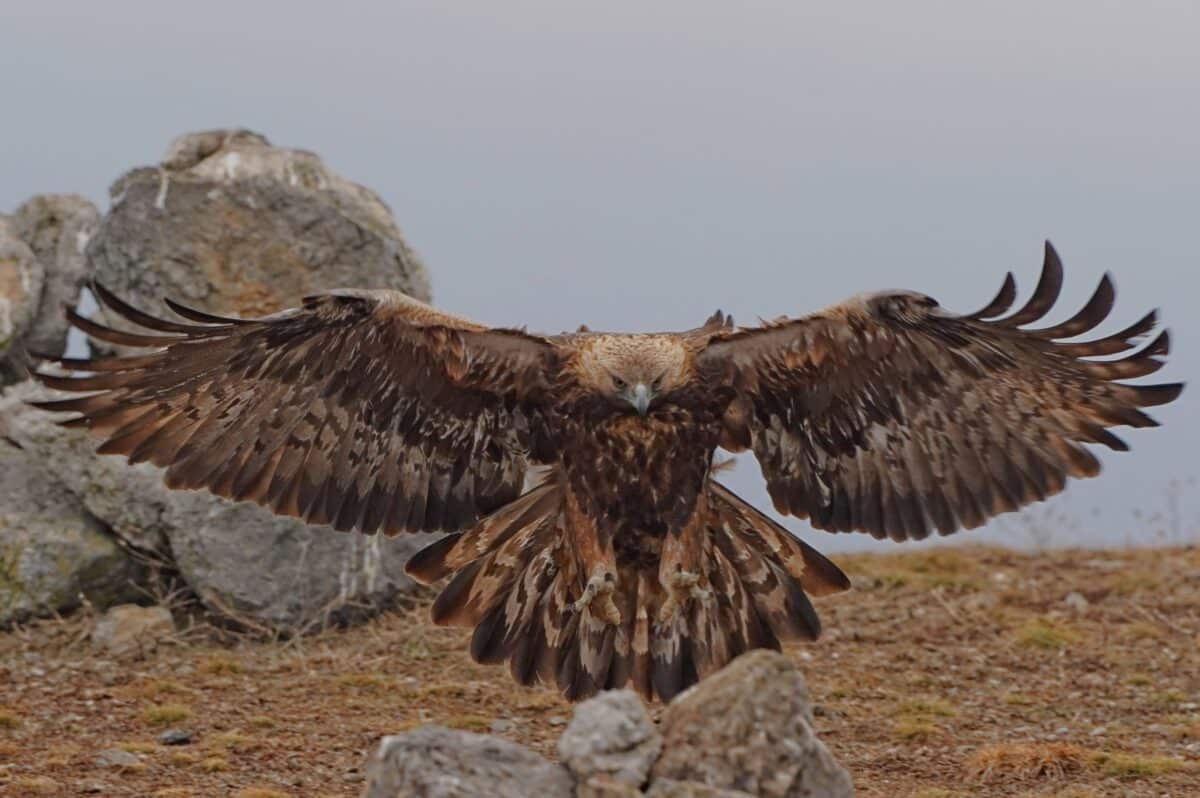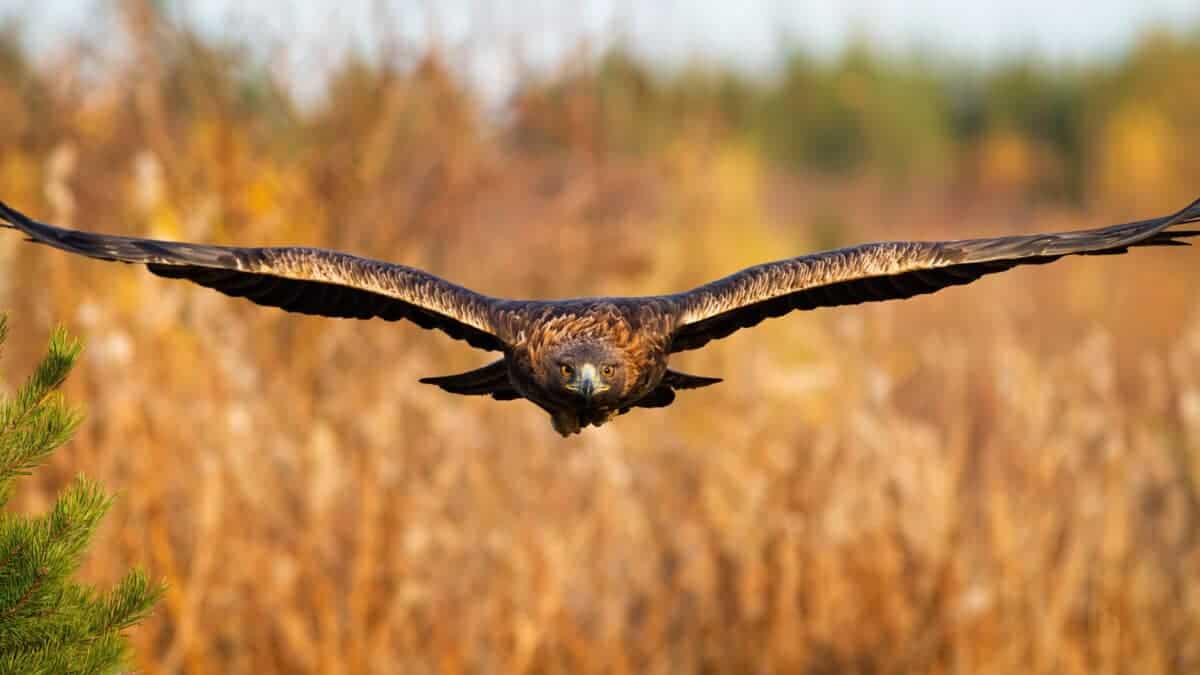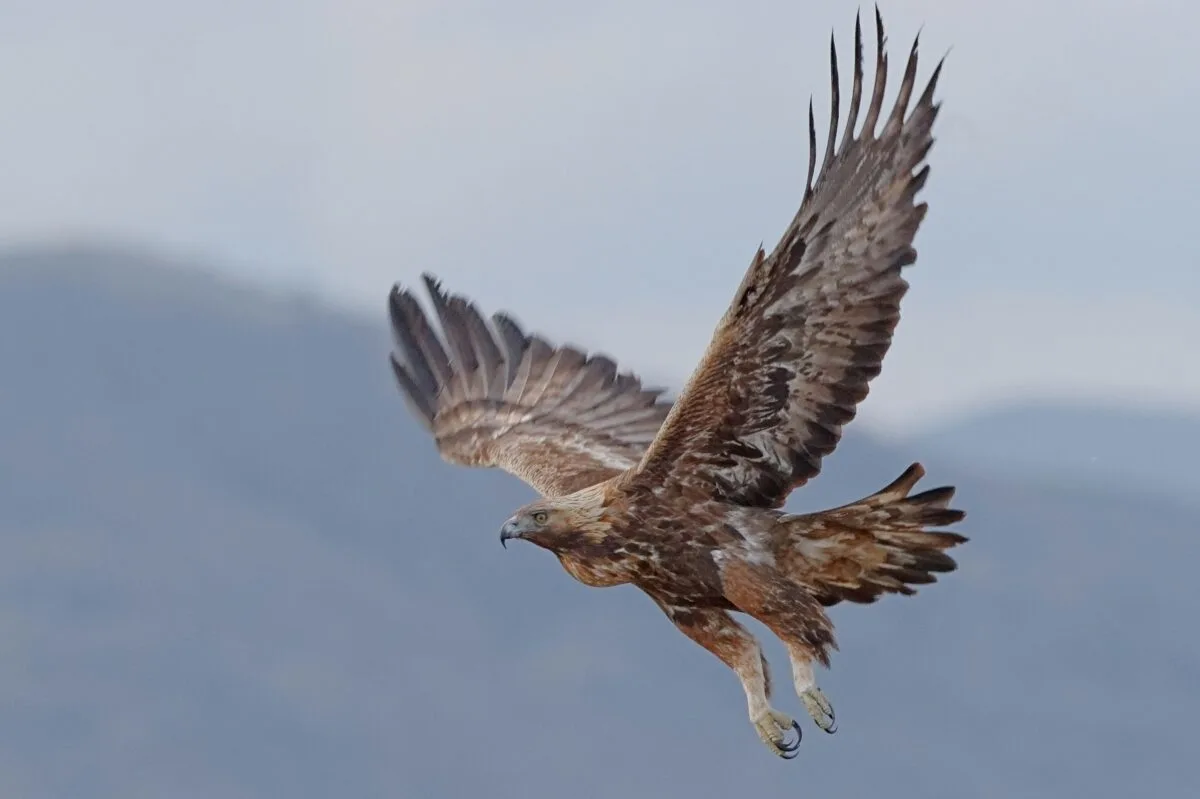The golden eagle embodies the spirit of the high desert—majestic, powerful, and shrouded in mystery. Soaring through the skies of Utah, the golden eagle is an iconic predator with a commanding presence. This article delves into the fascinating world of Utah’s golden eagles, exploring their habitats, behavior, and the ecological significance they hold within the high desert landscape.
Overview of the Golden Eagle

The golden eagle is one of the most revered birds of prey found across the Northern Hemisphere. Known scientifically as *Aquila chrysaetos*, it has a wingspan that can reach up to seven and a half feet, making it one of the largest birds of prey in North America. Its striking features include a dark brown plumage, a golden crown from which it derives its name, and powerful talons perfectly adapted for hunting.
Habitat of the High Desert

Utah’s high desert provides an ideal habitat for golden eagles. With its vast open spaces, rugged mountainous terrains, and diverse prey availability, the eagles flourish in this environment. These birds establish territories that can cover up to 60 square miles, ensuring plentiful hunting grounds.
Diet and Hunting Strategies

The golden eagle is a carnivorous predator, primarily hunting small to medium-sized mammals. Their diet includes rabbits, ground squirrels, and occasionally larger animals like deer fawns. Their hunting strategy relies on a powerful aerial dive, achieving speeds of up to 150 miles per hour to ambush their prey with precision and power.
Nesting Habits and Reproduction

Golden eagles prefer to build their nests, known as eyries, on cliffs or in tall trees. These nests are crafted with sticks and can be reused and expanded over several years. Courting typically begins in late winter, and females lay one to three eggs, with both parents sharing incubation duties. The eaglets hatch after roughly 45 days and are ready to fledge around 10 weeks later.
Adaptations for Survival

Several physiological adaptations enable golden eagles to thrive in Utah’s challenging environment. Their keen eyesight allows them to spot prey from great distances. Moreover, their robust talons and beaks are crucial for grasping and tearing apart their meals. These adaptations, alongside their remarkable flight capabilities, make them formidable predators.
Social Structure and Behavior

Golden eagles are generally solitary or found in pairs. They demonstrate strong territorial instincts, especially during the breeding season, when they actively defend their area from intruders. Despite their solitary nature, young golden eagles may form small groups during migration, as they venture to explore new territories.
The Role of Golden Eagles in the Ecosystem

As apex predators, golden eagles play a crucial role in maintaining the balance of their ecosystem. By controlling the population of small and medium-sized mammals, they help sustain the health of plant communities and contribute to biodiversity. Their presence indicates a healthy and functioning ecosystem.
Conservation Status and Threats

Golden eagles are currently classified as a species of least concern, but they face several threats that could impact their populations. Habitat destruction, human disturbances, and climate change pose challenges to their survival. Despite these threats, conservation efforts are ongoing to protect and stabilize their habitats and breeding grounds.
Impact of Human Activity

Human activities, such as urban expansion and industrial development, encroach on the natural habitats of golden eagles. Additionally, illegal shooting and poisoning have historically threatened these majestic birds. Public awareness and policy efforts are vital in mitigating these impacts and securing a future for them in the wild.
Efforts in Conservation and Research

Numerous organizations and wildlife agencies are dedicated to studying and conserving golden eagles in Utah. Efforts include habitat restoration projects, tagging and tracking studies to understand their migration patterns, and educational programs aimed at reducing human-wildlife conflicts.
How to Support Golden Eagle Conservation

Individuals can play a role in golden eagle conservation by supporting wildlife protection organizations, advocating for policies that protect natural habitats, and participating in citizen science projects that contribute valuable data for research. Awareness and education are key components in preserving these magnificent creatures.
The Future of Golden Eagles in Utah

The future of golden eagles in Utah’s high desert depends on continued conservation efforts and a commitment to protecting their natural environment. By fostering a deeper understanding and appreciation of these majestic birds, we can ensure they continue to soar through Utah’s skies for generations to come.
In conclusion, the golden eagle is a symbol of power and grace, embodying the wild beauty of Utah’s high desert. Through continued research and conservation efforts, we can preserve the legacy of these remarkable hunters, ensuring that their presence continues to inspire awe and respect across the landscape they call home.
- The Forgotten Lake Where Flamingos Nest in the U.S. - August 23, 2025
- Coral Reefs of the Florida Keys: What’s Left and What’s Next - August 23, 2025
- Beginner’s Guide to Identifying Animal Tracks - August 23, 2025

